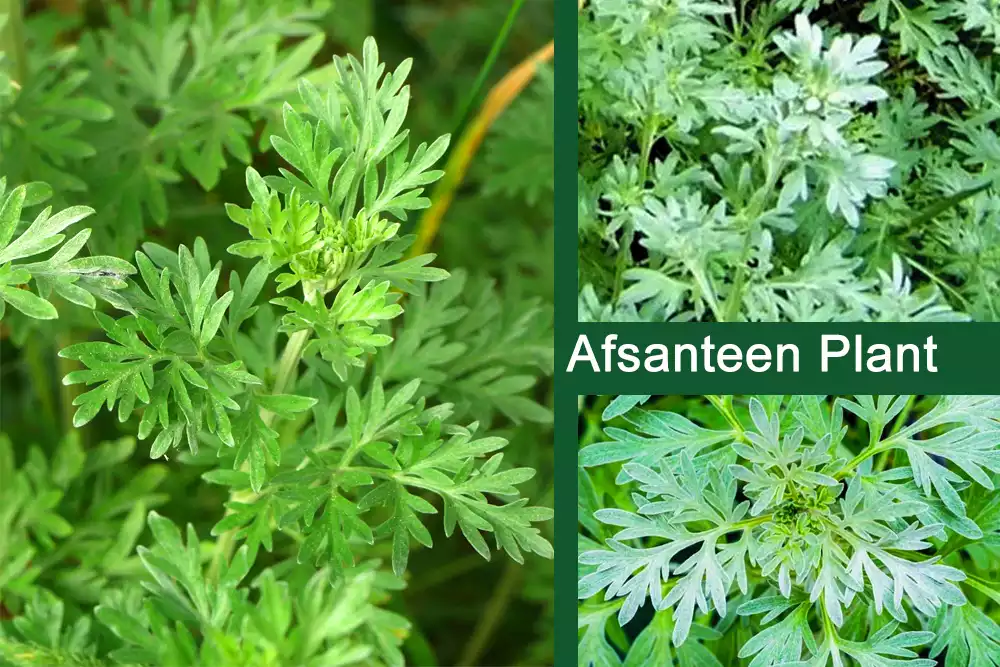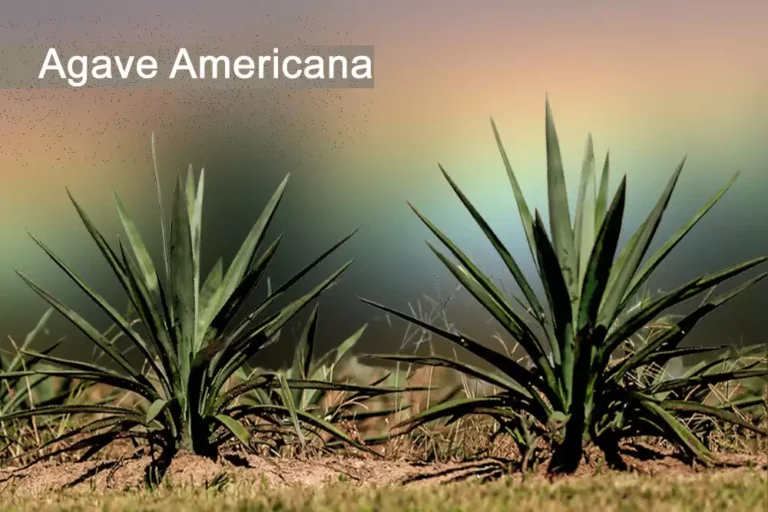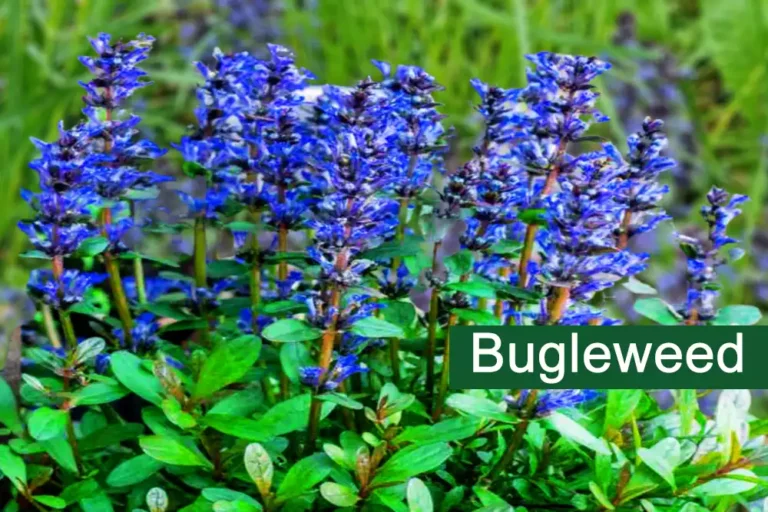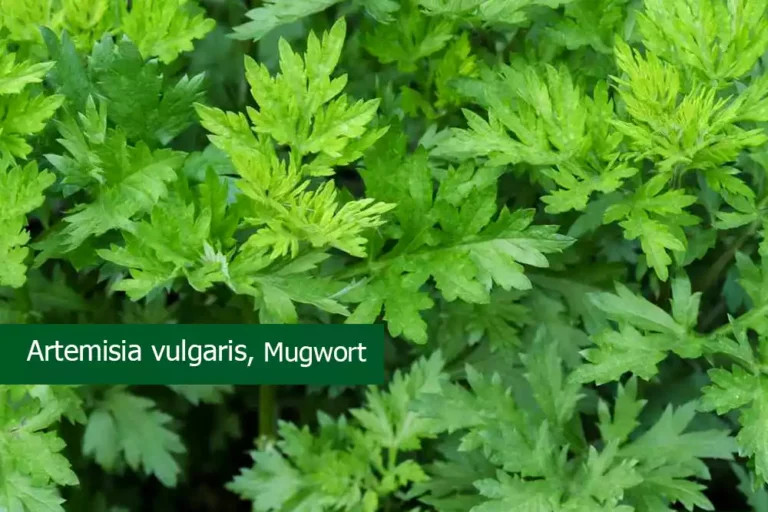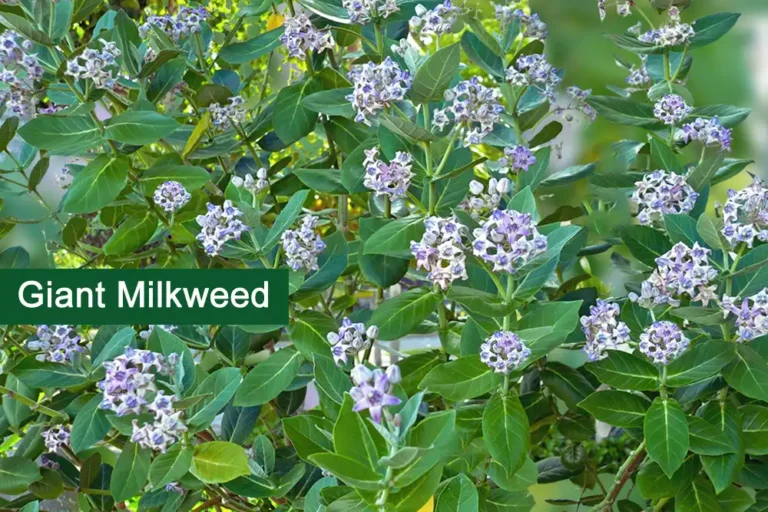Afsanteen Plant (Wormwood) Medicinal Uses, And Benefits
The Afsanteen plant (Wormwood) is also known as Artemisia absinthium, Worm seed, or Absinthe plant. Find out its medicinal uses, benefits, how to identify and grow it, and its traditional and international uses.
Table of Contents
Afsanteen Plant Overview
| Botanical Name | Artemisia absinthium |
| English Name | Worm seed, Absinthe |
| Urdu Name | Afsanteen |
| Common Name | Wormwood |
| Family | Asteraceae |
| Habit | Perennial Herb |
| Part Used | Leaves and Flowers |
| Medicinal Plants | Explore |
Afsanteen Plant
Afsanteen is an herbaceous perennial plant, with a hard, woody rhizome. The stems are upright and grow to be 2-4 feet tall. They have lines on them, branches, and a silvery-green color.
The leaves of Wormwood are spirally arranged, greenish-grey above and white below, and covered with silky silvery-white hairs, the basal leaves are bipinnate to tripinnate with long petioles, with the cauline leaves smaller, less divided, and with short petioles; the uppermost leaves can be both simple and sessile.
Flowers of the Afsanteen plant are pale yellow, tubular, and clustered in spherical bent-down heads (capitula), which are in turn clustered. They are in leafy and branched panicles. Fruit is a small achene.
Distribution of Afsanteen Plant
Species of wormwood, native to temperate regions of Europe, Northern Africa, and Asia. In Pakistan, it is found in Swat, Chitral, Kurram, Parachinar, and AJK at altitudinal ranges from 1800 – 3000 m.
Medicinal Uses of Afsanteen Plant
Folk use
Taken internally, wormwood is said to help gastrointestinal digestion. It may promote menstruation, as well as help cool down fevers. Poultices to help heal bruising may be effective.
Tib (Traditional Islamic Medicine) Uses
In traditional tib medicine, Afsanteen preparations were used internally for gastric insufficiency, intestinal disorder, gastritis, stomachache, liver disorders, bloating, anemia, irregular menstruation, intermittent fever, loss of appetite, and worm infestations. It may be soothing to the nervous system.
International Uses of Afsanteen Plant
Afsanteen plant has been employed with success for the expulsion of the intestinal parasites Ascaris vermicularis and lumbricoides. Previous to the introduction of cinchona it was largely employed in malarial intermittent and was at one time a popular remedy for jaundice.
In small doses it is a stimulant tonic, improves the appetite, and is useful in a tonic state of the gastro-intestinal tract, as tonic dyspepsia, especially when due to alcoholic excesses, in flatulent colic, and in obstinate diarrhea. Principally used, however, as a warm fomentation for sprains, bruises, and local inflammations. It can be applied outside the body to help with ongoing stomach problems, using a special liquid or paste.
Culinary Uses of Afsanteen Plant
Extract of wormwood containing absinthe is found in a few European alcoholic beverages (notably Strega). Today, a tiny amount is sometimes used to flavor vermouth, and it’s enough to impact the taste.
Constituents of Afsanteen Plant
The chief constituent is a volatile oil. The oil contains thujone (absinthol), thujyl alcohol, cadinene, phellandrene, and pinene. Additionally, it has absinthin, a bitter substance, as well as tannin, resin, starch, and various salts.
Climate and Growth Conditions
- Climate: Tropical and Sub-tropical regions.
- Temperature: Max: 27.5°C, Min: 12.5°C
- Rainfall: 1500-2000 mm/year
- Soil: This plant prefers a well-drained humus rich fertile, sandy loam
- pH Range: 4.5-8.0
- Reproduction: By dividing the roots in autumn and by seeds.
FAQs
-
What is the use of Afsanteen?
Afsanteen is used to improve liver health, treat digestive problems, and remove worms. This herb can also be helpful in treating fever and other ailments.
-
What is Mugwort plant in Urdu?
Mugwort plant is known as Afsanteen in Urdu.
-
What is the use of Artemisia plant?
Artemisia plant is used for gastrointestinal problems, liver cleansing, and worm removal. It is also useful in treating various types of fever and inflammation.
-
Can you eat Artemesia?
Yes, some types of opium can be eaten, but it should be consumed in limited quantities as it may contain some toxic ingredients.
-
What does Wormwood do to humans?
Wormwood has some benefits such as improving digestion and eliminating worms, but overuse can cause toxic effects that can affect the liver and nervous system.
-
What is common Wormwood used for?
Wormwood is used to cleanse the liver, improve digestion, and eliminate worms. It is also included in various types of medicines.
-
What is another name for Wormwood?
Wormwood is also known as Afsanteen, mugwort, Worm seed, and Absinthe.
-
Is Wormwood a drug?
Wormwood contains a chemical compound called thujone, which can be addictive. However, it is commonly used for medicinal purposes, but too much of it can be dangerous.

